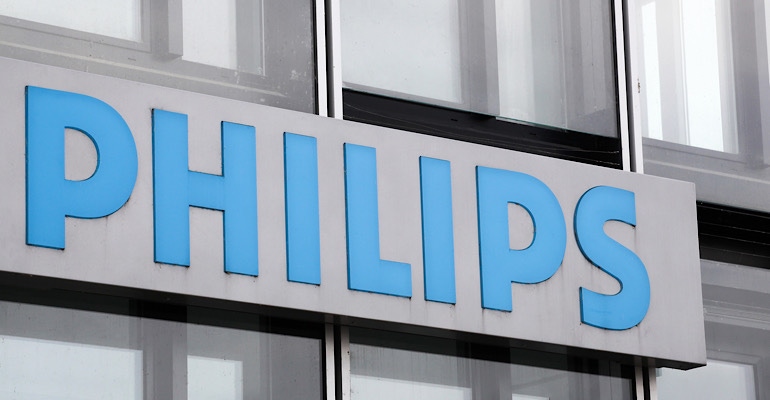Philips presented the five-year data from the ILLUMENATE Pivotal RCT and the ILLUMENATE EU RCT at the virtual 2021 Leipzig Interventional Course.
January 25, 2021

Five-year results from random control trials (RCT) show no difference in mortality between Royal Philips’ Stellarex drug-coated-balloon (DCB) and percutaneous angioplasty.
The Amsterdam, Netherlands-based company presented data from the ILLUMENATE Pivotal RCT and the ILLUMENATE EU RCT at the virtual 2021 Leipzig Interventional Course (LINC).
Both studies had about 600 patients. After five years, the ILLUMENATE EU RCT showed 19.3% mortality among patients treated with the Stellarex DCB compared to 19.4% mortality for those treated with PTA.
The five-year results for the ILLUMENATE Pivotal study also show no statistically significant difference among patients treated with the Stellarex DCB (21.2%) compared to those treated with PTA (20.2%). Both studies had a high-vital-status follow-up compliance, with the status of over 90% of patients known.
The company said the device features the EnduraCoat technology, a coating consisting of a polyethylene glycol excipient with amorphous and crystalline paclitaxel particles dispersed in it, Stellarex .035” DCB is unlike any other drug-coated balloon for the treatment of peripheral artery disease.
Philips said the EnduraCoat technology provides efficient drug transfer and effective drug residency coupled with high coating durability and minimal particulate loss, thereby enabling a low therapeutic drug dose.
“These study results build on the robust, consistent long-term data of the Stellarex program and confirm the safety and performance of our unique DCB,” said Chris Landon, Senior Vice President and General Manager of Image-Guided Therapy Devices at Philips. “The Stellarex DCB, with its low drug dose and unique drug coating composition, continues to be an important treatment choice for healthcare providers treating patients with peripheral arterial disease.”
Philips inherited the Stellarex drug-coated balloon when it acquired Spectranetics Corp. for $2.2 billion in 2017.
The results could help to undo the damage caused to the paclitaxel balloon and stent markets by a scathing meta-analysis published in the Journal of the American Heart Association (JAHA) in late 2018.
About the Author(s)
You May Also Like




